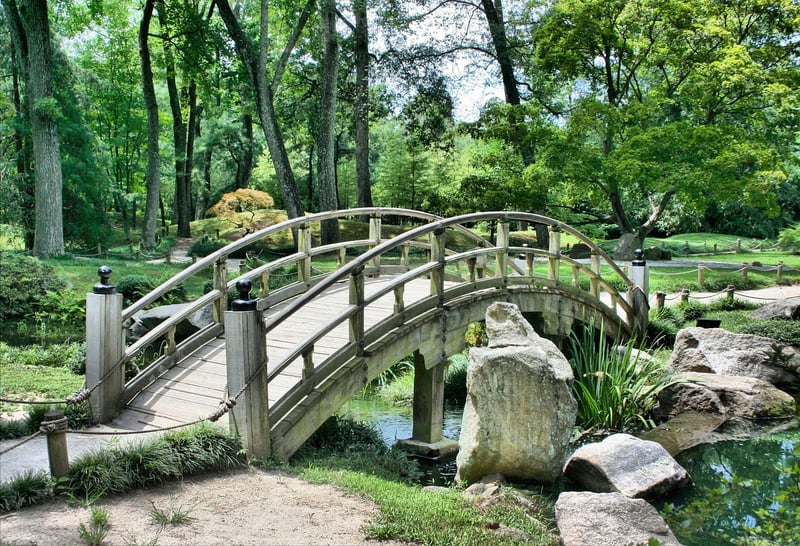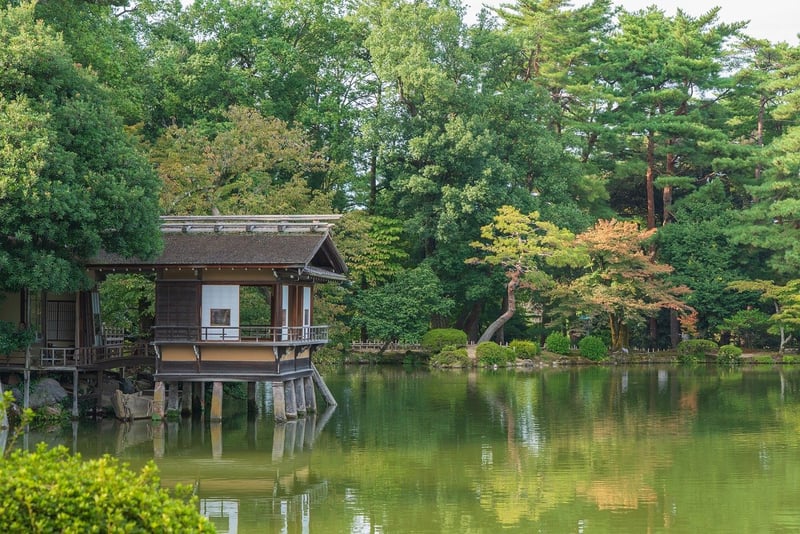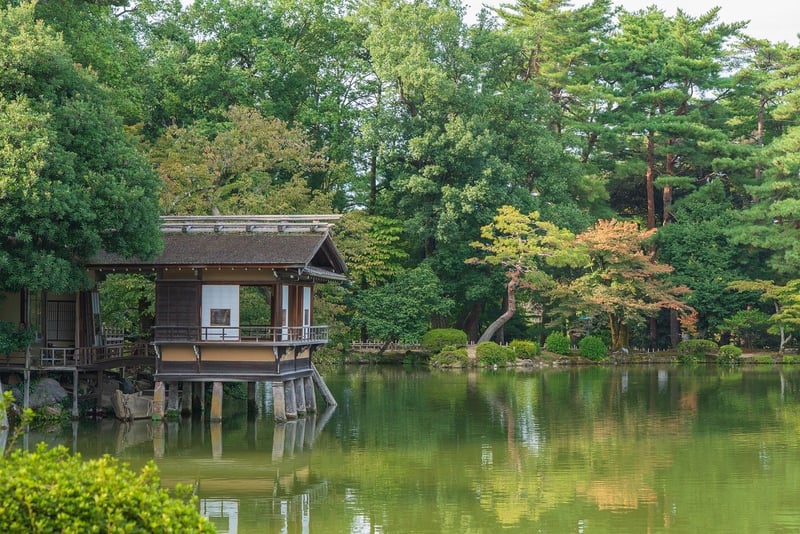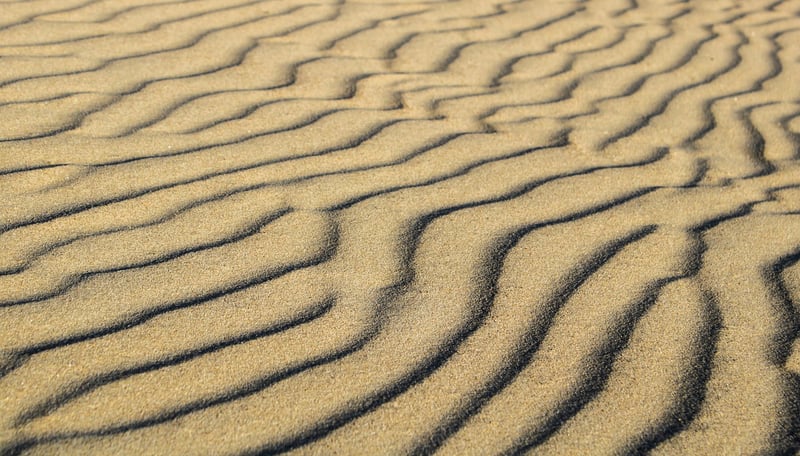Sand Patterns
Creating a Zen Garden: Basic Components and Sand Patterns
Introduction to Zen Gardens
Zen gardens, also known as Japanese rock gardens or dry landscape gardens, are designed to evoke tranquility, simplicity, and natural beauty. These gardens typically consist of carefully arranged rocks, gravel, sand, and sometimes moss, with minimal plantings. Creating a Zen garden can be a meditative process that helps promote mindfulness and inner peace.
Basic Components of a Zen Garden
When creating a Zen garden, there are several basic components that you will need:
- Rocks: Large and small rocks are essential elements in a Zen garden. They symbolize mountains and islands and are strategically placed to create a sense of balance and harmony.
- Gravel or Sand: Gravel or sand is raked into patterns to represent flowing water or waves. This element adds texture and movement to the garden.
- Moss: Moss is sometimes used to add a soft, green contrast to the rocks and sand. It symbolizes age and adds a sense of tranquility.
- Bamboo Fence or Stone Lantern: Traditional Zen gardens often include a bamboo fence or a stone lantern as focal points. These elements add depth and visual interest to the garden.
Sand Patterns in Zen Gardens
Raking patterns in sand or gravel is a common practice in Zen gardens. These patterns are not only visually appealing but also serve a symbolic purpose, representing ripples in water, waves, or the flow of energy. Here are some popular sand patterns:
1. Raked Waves
This pattern mimics the gentle, undulating waves of water. It is created by using a rake to make smooth, flowing lines in the sand.

2. Parallel Lines
Parallel lines are often used to create a sense of order and structure in a Zen garden. This pattern can be simple yet striking.

3. Concentric Circles
Concentric circles represent harmony and unity. Raking circles in the sand can create a mesmerizing and calming effect.

By incorporating these basic components and sand patterns, you can create a beautiful and serene Zen garden that promotes relaxation and mindfulness.
Remember, the key to a successful Zen garden is simplicity and balance. Take your time arranging the rocks, raking the sand, and adding subtle touches of greenery. Enjoy the process and let the garden inspire a sense of tranquility in your space.
